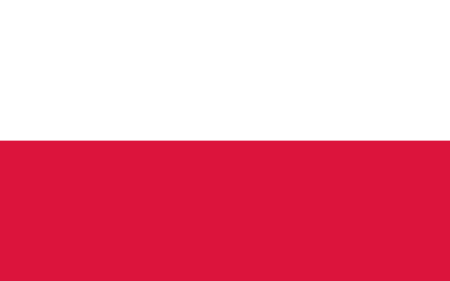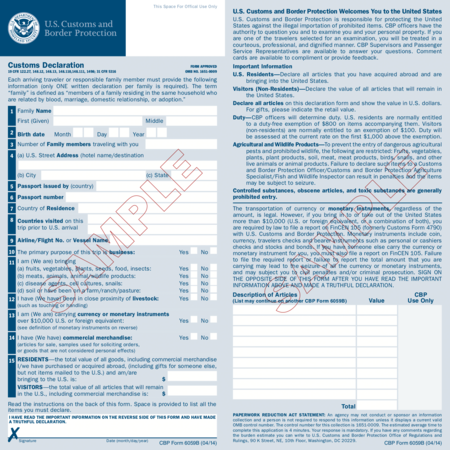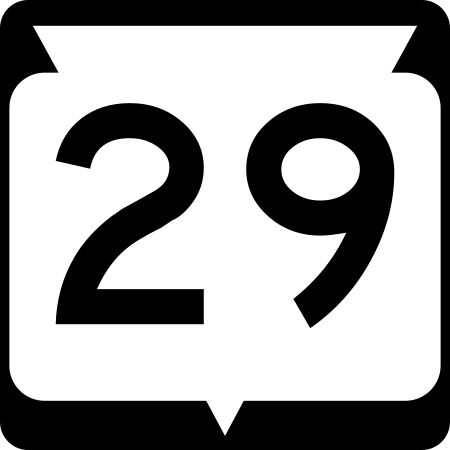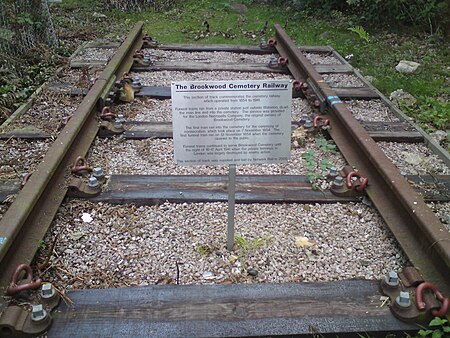Fill light
|
Read other articles:

You can help expand this article with text translated from the corresponding article in Spanish. (April 2015) Click [show] for important translation instructions. View a machine-translated version of the Spanish article. Machine translation, like DeepL or Google Translate, is a useful starting point for translations, but translators must revise errors as necessary and confirm that the translation is accurate, rather than simply copy-pasting machine-translated text into the English Wikipedia…

هذه المقالة عن المجموعة العرقية الأتراك وليس عن من يحملون جنسية الجمهورية التركية أتراكTürkler (بالتركية) التعداد الكليالتعداد 70~83 مليون نسمةمناطق الوجود المميزةالبلد القائمة ... تركياألمانياسورياالعراقبلغارياالولايات المتحدةفرنساالمملكة المتحدةهولنداالنمساأسترالياب…

هنودمعلومات عامةنسبة التسمية الهند التعداد الكليالتعداد قرابة 1.21 مليار[1][2]تعداد الهند عام 2011ق. 1.32 مليار[3]تقديرات عام 2017ق. 30.8 مليون[4]مناطق الوجود المميزةبلد الأصل الهند البلد الهند الهند نيبال 4,000,000[5] الولايات المتحدة 3,982,398[6] الإمارا�…

عقل الأمبراطور الجديد (بالإنجليزية: The Emperor's New Mind) المؤلف روجر بنروز اللغة الإنجليزية الناشر دار نشر جامعة أكسفورد تاريخ النشر 1989 النوع الأدبي مقالة، وعلم الموضوع ذكاء صناعي المواقع OCLC 19724273 تعديل مصدري - تعديل تحوي هذه المقالة أو هذا القسم ت…

此條目介紹的是来自威斯康星州的美国参议员(1947–57)。关于其他叫麦卡锡的人,请见「麦卡锡」。 本條目存在以下問題,請協助改善本條目或在討論頁針對議題發表看法。 此條目需要补充更多来源。 (2018年11月7日)请协助補充多方面可靠来源以改善这篇条目,无法查证的内容可能會因為异议提出而被移除。致使用者:请搜索一下条目的标题(来源搜索:约瑟夫·雷蒙�…

This article is written like a manual or guide. Please help rewrite this article and remove advice or instruction. (August 2023) Museum/art gallery/archives for the Peel Region in Ontario, CanadaPeel Art Gallery, Museum and ArchivesEstablishedNovember 1968LocationBrampton, Ontario, CanadaCoordinates43°41′07″N 79°45′26″W / 43.68516°N 79.75712°W / 43.68516; -79.75712Typemuseum/art gallery/archives for the Peel RegionDirectorRene Nand[1]Public transit acc…
2020年夏季奥林匹克运动会波兰代表團波兰国旗IOC編碼POLNOC波蘭奧林匹克委員會網站olimpijski.pl(英文)(波兰文)2020年夏季奥林匹克运动会(東京)2021年7月23日至8月8日(受2019冠状病毒病疫情影响推迟,但仍保留原定名称)運動員206參賽項目24个大项旗手开幕式:帕维尔·科热尼奥夫斯基(游泳)和马娅·沃什乔夫斯卡(自行车)[1]闭幕式:卡罗利娜·纳亚(皮划艇)[2…

This article needs additional citations for verification. Please help improve this article by adding citations to reliable sources. Unsourced material may be challenged and removed.Find sources: Senecan tragedy – news · newspapers · books · scholar · JSTOR (July 2008) (Learn how and when to remove this message) Double Herm of Socrates and Seneca (Antikensammlung Berlin) Senecan tragedy refers to a set of ten ancient Roman tragedies, eight of which were pr…

عيد الاستقلال الوطني البولندي البلد بولندا البداية 1937 اليوم السنوي 11 نوفمبر تعديل مصدري - تعديل عيد الاستقلال الوطني البولندي (بالبولندية: Narodowe Święto Niepodległości) هو عيد وطني ويوم عطلة في بولندا. يحتفل فيه في 11 نوفمبر من كل عام، لإحياء ذكر استعادة بولندا لاستقلا…

Ancient seal script for qiu 虯 a dragon Qiulong (simplified Chinese: 虬龙; traditional Chinese: 虯龍; pinyin: qíulóng; Wade–Giles: ch'iu-lung; lit. 'curling dragon') or qiu was a Chinese dragon that is contradictorily defined as horned dragon and hornless dragon. Name This Chinese dragon name can be pronounced qiu or jiu and written 虯 or 虬. Characters The variant Chinese characters for the qiu or jiu dragon are 虯 and 虬, which combine the insect radical 虫 …

Form for imports and exports across borders A customs declaration is a form that lists the details of goods that are being imported or exported when a citizen or visitor enters a customs territory (country's borders).[1] Most countries require travellers to complete a customs declaration form when bringing notified goods (alcoholic drinks, tobacco products, animals, fresh food, plant material, seeds, soils, meats, and animal products) across international borders. Posting items via inter…

衆議院の選挙区としての東京15区については「東京都第15区」をご覧ください。 この記事は検証可能な参考文献や出典が全く示されていないか、不十分です。出典を追加して記事の信頼性向上にご協力ください。(このテンプレートの使い方)出典検索?: 東京15区 – ニュース · 書籍 · スカラー · CiNii · J-STAGE · NDL · dlib.jp · ジャパン�…

County in Colorado, United States County in ColoradoLake CountyCountyCourthouse in Leadville, Colorado. SealLocation within the U.S. state of ColoradoColorado's location within the U.S.Coordinates: 39°11′N 106°22′W / 39.19°N 106.36°W / 39.19; -106.36Country United StatesState ColoradoFoundedNovember 1, 1861Named forTwin Lakes in the areaSeatLeadvilleLargest cityLeadvilleArea • Total384 sq mi (990 km2) • Land377 …

United StatesNuclear program start date21 October 1939First nuclear weapon test16 July 1945First thermonuclear weapon test1 November 1952Last nuclear test23 September 1992[1]Largest yield test15 Mt (63 PJ) (1 March 1954)Total tests1,054 detonationsPeak stockpile31,255 warheads (1967)[2]Current stockpile3,708 (2023)[3]Maximum missile rangeICBM: 15,000 km (9,321 mi) SLBM: 12,000 km (7,456 mi)NPT partyYes (1968) Nuclear weapons Background Nuclear explosio…

Not to be confused with Kiwanis. City in Wisconsin, United StatesKewaunee, WisconsinCityLooking east to the Kewaunee harbor and Lake MichiganLocation of Kewaunee in Kewaunee County, Wisconsin.Coordinates: 44°27′32″N 87°30′34″W / 44.45889°N 87.50944°W / 44.45889; -87.50944Country United StatesState WisconsinCountyKewauneeGovernment • TypeMunicipality • MayorJeffrey L Vollenweider Sr.Area[1] • Total3.73 …

Austrian archive for sound recordings and videos Medienarchiv Österreichische Mediathek Analogspeicher The Österreichische Mediathek (Austrian Mediatheque[clarification needed]) is the Austrian archive for sound recordings and videos on cultural and contemporary history. It was founded in 1960 as Österreichische Phonothek (Austrian Phonothek) by the Ministry of Education and has been a branch of the Technisches Museum Wien (Vienna Technical Museum) since 2001. As video and sound archi…
IngleseEnglishParlato in Regno Unito Stati Uniti Canada Irlanda Australia Nuova Zelanda Sudafrica India (e altri...) LocutoriTotale1,452 miliardi (2022) Classifica1 (2022) Altre informazioniScritturaAlfabeto latino TipoSVO + VSO analitica – accusativa TassonomiaFilogenesiLingue indoeuropee Lingue germaniche Lingue germaniche occidentali Lingue ingevoniche Lingue anglo-frisoni …

2008年夏季奥林匹克运动会纳米比亚代表團纳米比亚国旗IOC編碼NAMNOC納米比亞國家奧林匹克委員會網站olympic.org.na(英文)2008年夏季奥林匹克运动会(北京)2008年8月8日至8月24日運動員10參賽項目4个大项历届奥林匹克运动会参赛记录(总结)夏季奥林匹克运动会199219962000200420082012201620202024 2008年夏季奥林匹克运动会納米比亞代表团会参加2008年8月8日至24日在中国北京主办的第29届�…

التجارة أي التبادل الطوعي للبضائع، أو الخدمات، أو كليهما معا. المكان الذي يتم به تبادل البضائع يدعى تقليديا السوق ثم أصبحت كلمة سوق تدل على مجمل المجال الذي يمكن للتاجر بيع بضاعته فيه فلم يعد محصورا في مكان واحد وإنما يشمل كافة الخيارات المتاحة له للبيع. يتم التفاوض خلال الب�…

Railway station in Brookwood in the English county of Surrey This article is about the station in Brookwood, Surrey. For the Amtrak station in Atlanta sometimes referred to as Brookwood Station, see Peachtree Station. This article needs additional citations for verification. Please help improve this article by adding citations to reliable sources. Unsourced material may be challenged and removed.Find sources: Brookwood railway station – news · newspapers · books …

